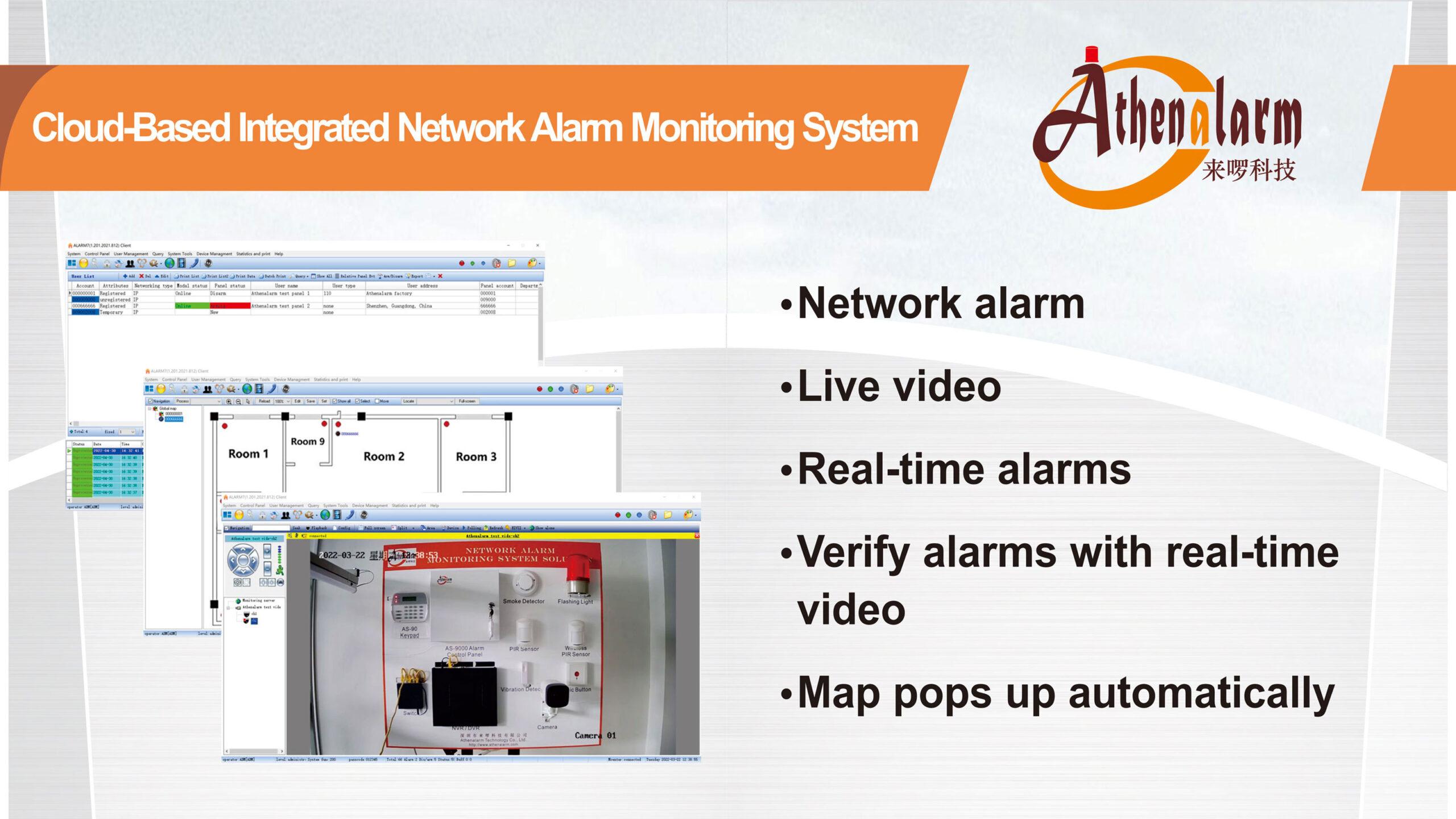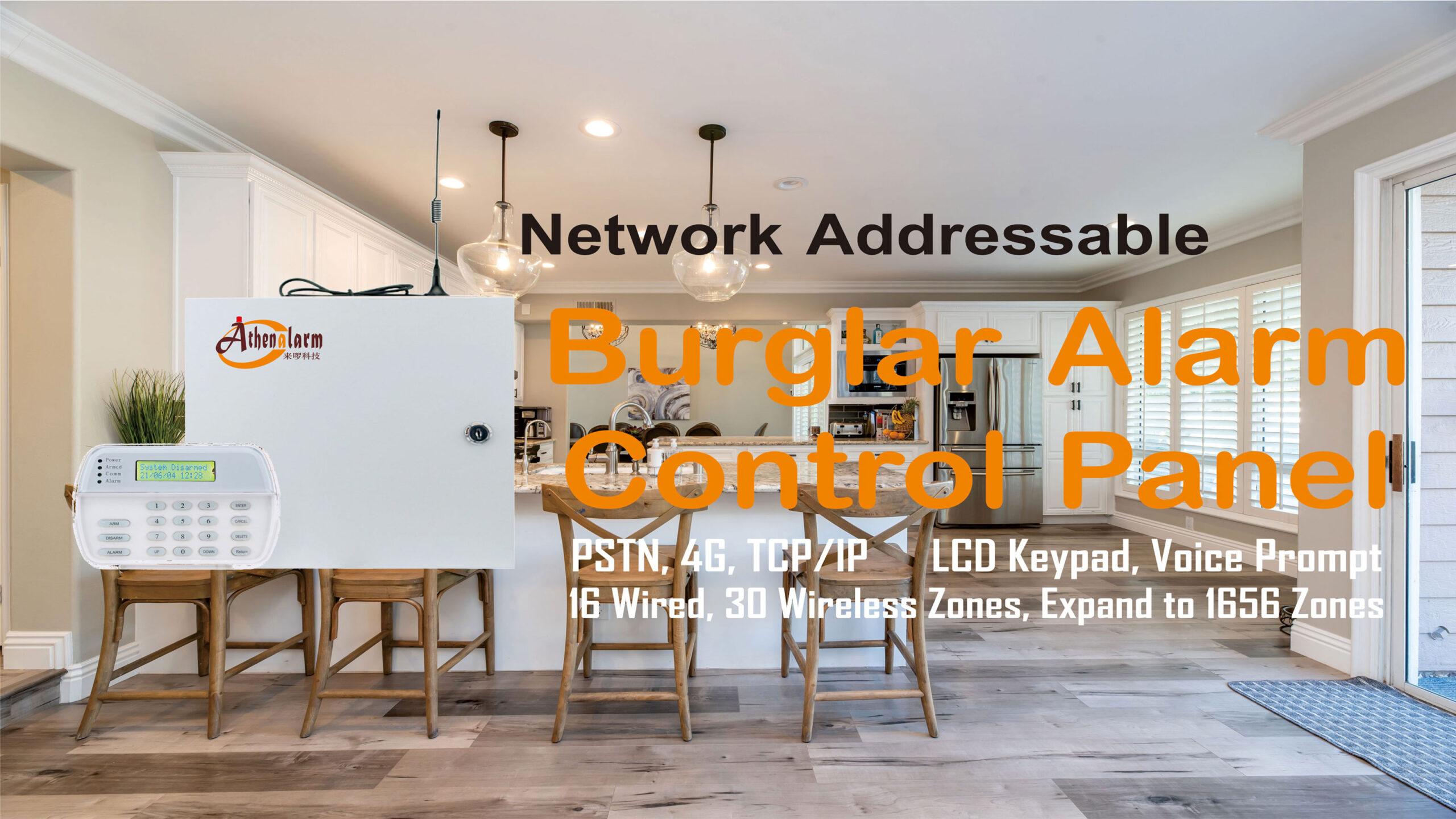



How to Install Active Infrared Detectors Correctly
1 Installation method
(1) Pillar installation
Pillar installation is the most common installation method. There are two types of pillars: circular tube and square tube. Circular tube shaped pillars are more common in the market, while square tube shaped pillars do not cause angular displacement of detectors installed on them, making the alarm system more stable. Therefore, they are becoming increasingly popular in the security industry. Considering outdoor use, regardless of the type of pillar used, it should be made of metal material and undergo rust prevention treatment.
The shape of the pillar can be “I” type, “L” type, or “Z” type, depending on the characteristics of the building and anti-theft requirements. The pillar must be firmly fixed and not easily shaken. In addition, it must be facilitate to install, arm the alarm system, and reduce false alarms and missed alarms.
(2) Wall mounted
The manufacturer of active infrared detectors, currently at the forefront of technology in the burglar alarm market, can provide active infrared detectors with a horizontal 180° omnidirectional angle and a tilt angle of more than 20°, which can be directly installed on the outer walls, and fences of buildings.
Each method has its advantages and disadvantages, so the users should choose a suitable installation method based on the characteristics and prevention requirements of the building.
2 Installation principles
(1) Active infrared detector installed on the channel
The active infrared detector installed on the channel is mainly used to prevent illegal passage of people. In order to prevent false alarms caused by pets, small animals, etc., the installation position of the active infrared detector should generally be at least 50cm above the ground.
At the same time, due to the high speed of objects on the ground, the shading time of the active infrared detector should be adjusted to a faster position to respond quickly to illegal intrusion.
(2) Active infrared detector installed on the fence
The main function of the active infrared detector installed on the fence is to prevent malicious human overfitting. Both top mounted and side mounted installation methods are acceptable.
The active infrared detector installed on the top should be positioned 25cm above the fence to reduce false alarms caused by birds, kittens, and other activities on the wall. The anti false alarm ability of a four beam active infrared detector is stronger than that of a double beam active infrared detector, which is also stronger than a single beam active infrared detector.
Side mounted installation refers to installing the active infrared detector on the side of the fence near the top. Side mounted installation usually choose the outer side of the fence. This method can avoid interference from the activities of small birds and cats.
Each installation method has its own advantages or disadvantages, and users should choose a suitable installation method according to the characteristics of their own buildings and anti-theft requirements.
3 Installation precautions
(1) The wire must not be laid in an open manner and must be concealed through pipes, which is the minimum requirement for the safety of active infrared detectors.
(2) The active infrared detector installed on the wall should have a maximum horizontal distance of no more than 30m from the edge of the wall, which requires special attention in areas where the wall bends in an arc.
(3) After the wiring is connected, please use the resistance range of a multimeter to test the power terminal of the active infrared detector. Only after confirming that there is no short circuit fault can the power be connected for debugging.
(4) Active infrared detectors installed on curved or irregular walls must not exceed the maximum chord height of the detection ray from the wall arc edge by more than 15-20cm, which is a human climbing distance. If it exceeds this distance, the number of active infrared detectors must be increased for segmentation. Considering cost, outdoor long-distance multi detector can also be used in combination, but the detection range of the detector should be carefully adjusted to prevent false alarms, which requires special attention.
(5) In areas with branches, fallen leaves, and a large number of birds, active infrared detectors with two or more beams should be used. Due to the smaller volume of branches, birds, and other objects compared to the human body, they can generally only block one beam of light. Therefore, the use of multi beam active infrared detectors can only alarm by simultaneously blocking, and at the same time, the function of adjusting the blocking time of the opposite beam can also be used to effectively prevent false alarms. Because it also blocks infrared light, the blocking time of fallen leaves or birds is usually shorter than the blocking time of people crossing walls, because the former speed is faster. Through these two measures, the perimeter alarm system can effectively avoid false alarms.
(6) According to survey data, more than 50% of active infrared detector failures are caused by lightning or surges. To prevent damage and false alarms caused by direct lightning strikes, the entire perimeter alarm system must be well grounded, and some surge absorbing tubes should also be installed in the active infrared detector. Under this premise, the lightning protection indicators of the product’s own circuit are also important.
(7) Considering the general rainy and foggy weather and dust accumulation situation, in addition to the use of anti frost shell products, the engineering design should use a distance of 70% of the standard detection distance. However, in areas with heavy fog or dust, it should be considered to increase the number of active infrared detectors, with a distance discount of 50% or even lower. Considering the all-weather design of the product, excellent heaters should be selected for low-temperature environments.
(8) When more than three sets of active infrared detectors must be installed at the same location or adjacent area over a long distance, the same variety of active infrared detectors should be installed back to back to avoid beam interference.
(9) In principle, the more beams there are, the stronger the ability to prevent false alarms. However, optical systems for security purposes should be designed to only detect the most reasonable shape of the “human body” as an intruder. A large amount of practice has proven that the span between the top and bottom beams of multi beam active infrared detectors and the width of the entire optical system are greatly related to preventing false alarms, but not to the number of infrared beams. In practical use, the other beams between the outermost two beams of a multi beam active infrared detectors do not play a critical role, but instead disperse the energy of the top and bottom beams, affecting stable alignment. Therefore, some large caliber dual beam products are more effective. From a technical perspective, this type of the multi beam active infrared detector is not as effective as the “electric security fence” composed of dual beam active infrared detectors stacked together.
(10) The multi beam active infrared detector has multiple sets of optical systems, which need to cover the upper and lower lenses of the receiver separately, and adjust the upper and lower photosensitive voltage values until they are consistent. Special attention needs to be paid to adjustments, as improper handling can lead to false alarms or blind spots in protection.
(11) Due to defensive reasons, it is necessary to adjust the shading time to adapt to changes in the environment. When a person passes through an active infrared detector at different speeds, there is a corresponding relationship with the blackout time: a short blackout time results in a faster sensitivity of the active infrared detector, but it is also more sensitive to falling leaves, flying birds, etc., increasing the possibility of false alarms. Long blackout time reduces the sensitivity of active infrared detectors and increases the possibility of missed alarms. Users should adjust the shading time according to the actual needs of fortifications.
